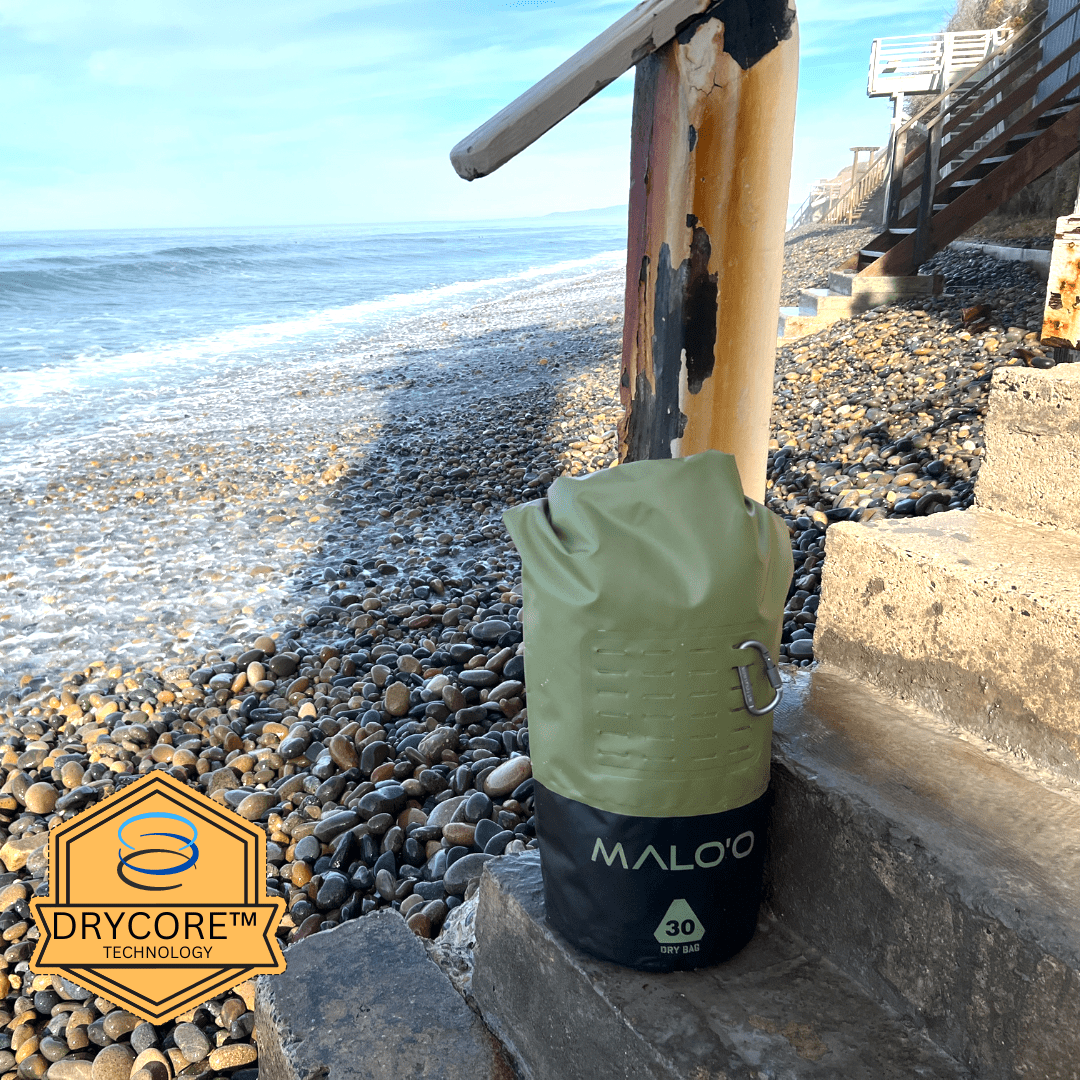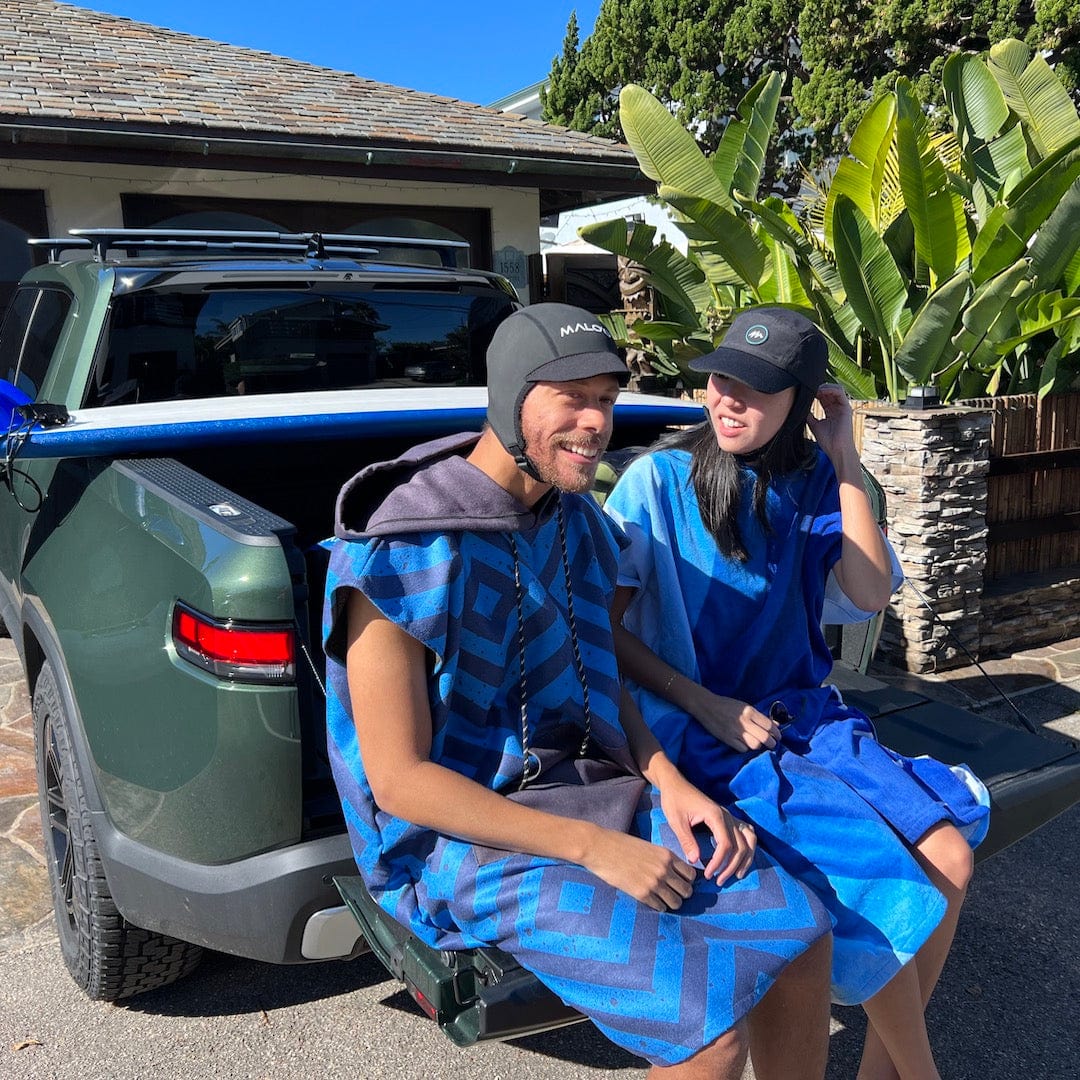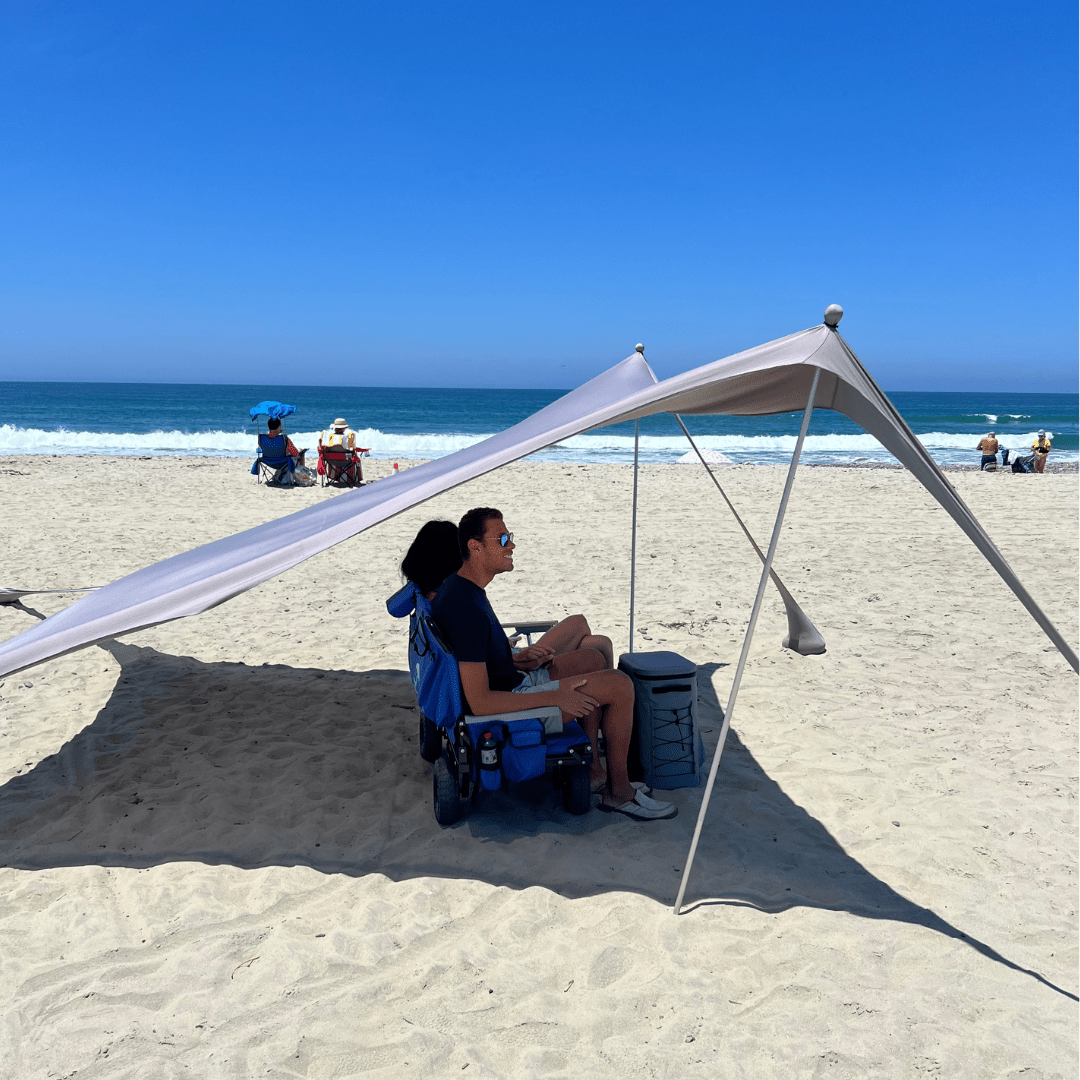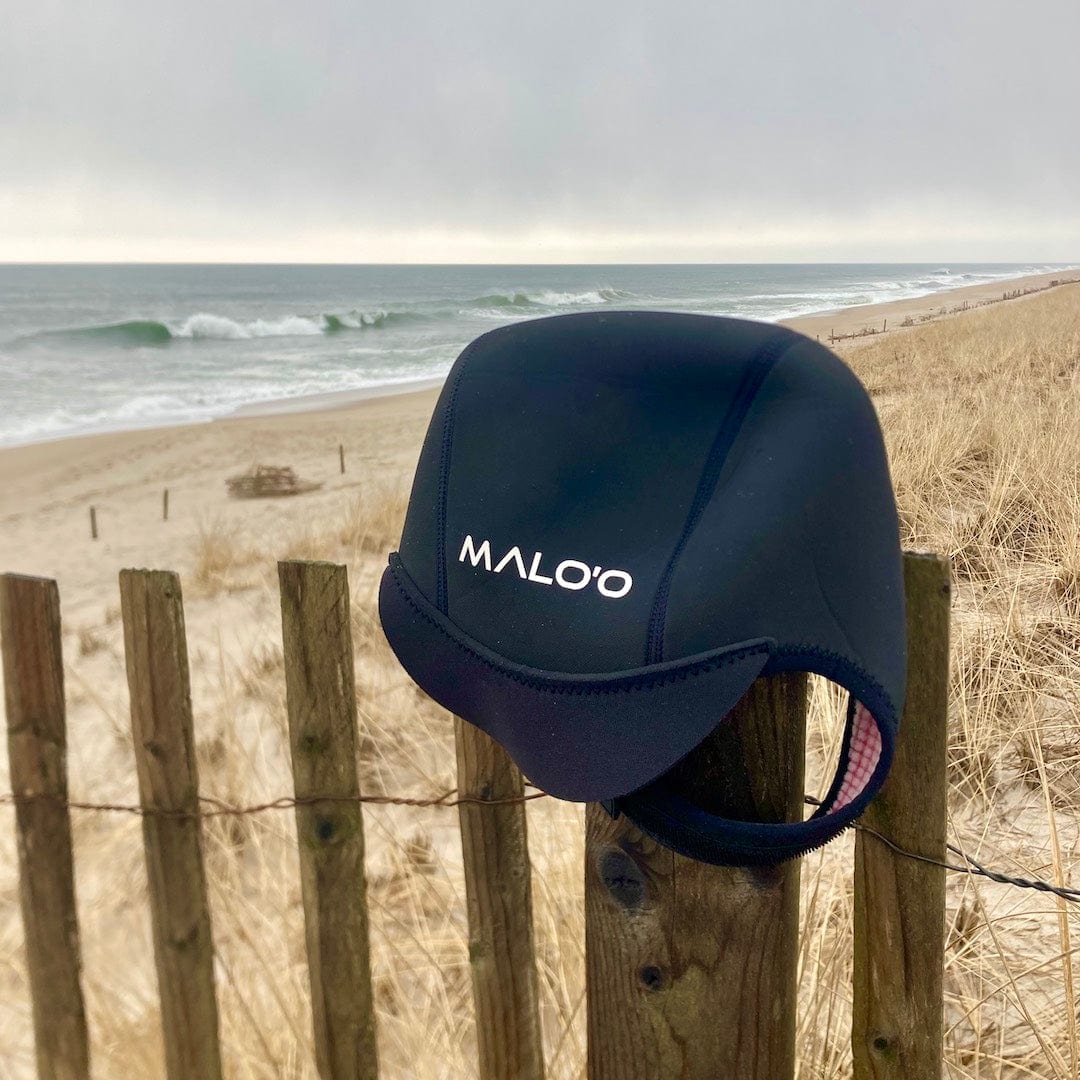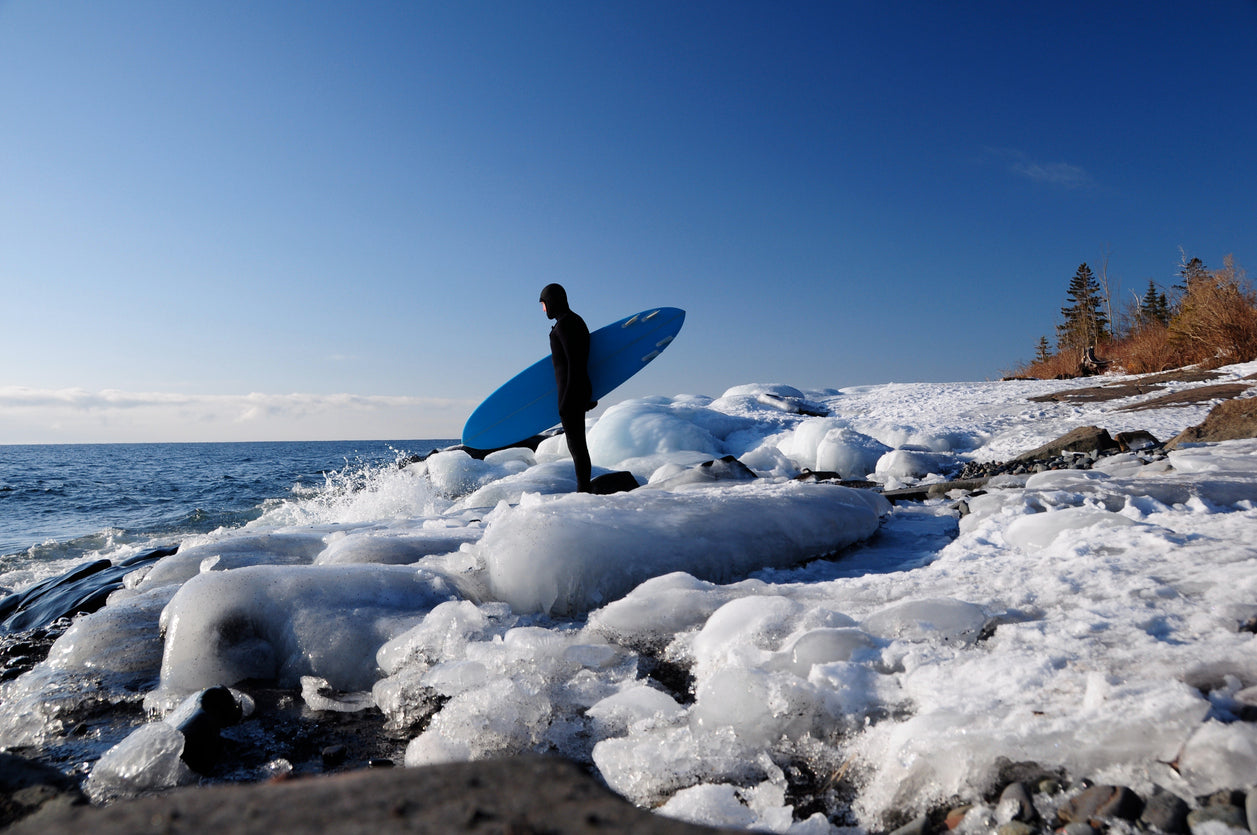As the seasons shift and winter approaches, surfers face a unique set of challenges and opportunities. While summer might be synonymous with warm water and long days, winter brings its own kind of magic to the surf. The colder months can offer epic waves, fewer crowds, and a fresh perspective on your surfing game. However, preparing for winter surfing requires a thoughtful approach to gear, safety, and self-care. Here’s a comprehensive guide to help you get ready for the winter surf season.
1. Understanding Winter Surf Conditions
Winter surf conditions can be markedly different from those in summer. Expect:
• Colder Water Temperatures: Depending on your location, water temperatures can drop significantly. This requires adequate thermal protection to avoid hypothermia.
• Larger Swells: Winter often brings bigger and more powerful swells. While this can mean more exciting rides, it also requires improved skill levels and safety precautions.
• Changing Winds: Winds can be stronger and shift more frequently during winter, impacting wave quality and surf conditions. Pay close attention to wind forecasts to plan your sessions.
• Crowds: On the plus side, winter usually means fewer crowds. This can lead to more enjoyable sessions and better waves.
2. Essential Winter Surf Gear
Wetsuits
A good wetsuit is paramount for winter surfing. Look for:
• Thickness: For most regions, a 4/3mm or 5/4mm wetsuit will suffice. If you’re in particularly cold waters, you might need a 6/5/4mm suit.
• Material: Opt for high-quality neoprene that provides both warmth and flexibility. Newer technologies in wetsuit materials offer better insulation and stretch.
• Features: Consider features like sealed seams, internal thermal linings, and additional padding in the chest and back for extra warmth.
Booties, Gloves, and Hoods
• Booties: Insulated neoprene booties help keep your feet warm and protect them from the cold. Ensure they fit snugly but comfortably.
• Gloves: Neoprene gloves are crucial for keeping your hands warm, which helps maintain your grip on the board.
• Hoods: A neoprene hood can prevent heat loss from your head, an essential component for keeping warm in frigid waters.
Surfboard Considerations
• Board Type: Bigger boards can offer better stability and control in larger winter swells. Consider using a board with more volume for improved buoyancy.
• Fins: Check your fins for wear and tear. In winter conditions, you might need fins that offer more grip and control.
• Board Maintenance: Cold weather can affect your board’s performance. Make sure to check for any dings or damage and repair them promptly to prevent water damage.
3. Safety Precautions
Know Your Limits
Winter waves can be more challenging, so it's crucial to:
• Assess Conditions: Always check surf forecasts and conditions before heading out. Be aware of swell size, wind direction, and water temperature.
• Understand Your Skills: If you’re new to winter surfing or unfamiliar with the local winter surf, it might be wise to start with smaller waves and gradually progress.
Buddy System
• Never Surf Alone: Winter surf can be more dangerous due to colder conditions and rougher waves. Surf with a buddy who can assist in case of an emergency.
Emergency Gear
• Leash and Safety Equipment: Ensure your leash is in good condition. Consider carrying safety gear like a whistle and a signaling device.
• Local Emergency Contacts: Know the local emergency numbers and locations of nearby hospitals or medical centers.
4. Physical and Mental Preparation
Physical Conditioning
• Stay Fit: Winter surfing requires physical strength and endurance. Maintain a fitness routine that includes strength training, cardio, and flexibility exercises.
• Warm Up Properly: Before heading out, perform a thorough warm-up to prepare your muscles for the cold and exertion.
Mental Preparation
• Focus: Winter surfing requires more concentration due to changing conditions. Stay mentally sharp and be prepared to adapt to sudden changes.
• Confidence: Building confidence in your skills is essential. If you’re not feeling confident about the conditions, it’s okay to sit out or choose a different surf spot.
5. Post-Surf Care
Warm Up
• Dry Off Quickly: As soon as you get out of the water, change into warm, dry parka or clothes to prevent hypothermia.
• Warm Drinks and Food: Enjoy a hot drink and nourishing food to help your body recover from the cold.
Gear Care
• Rinse and Dry: Rinse your wetsuit and gear with fresh water to remove salt and sand. Hang them to dry on a DryRack in a well-ventilated area.
• Inspect and Maintain: Regularly check your gear for any signs of damage. Proper maintenance extends the life of your equipment.
6. Environmental Considerations
• Respect Wildlife: Winter months might see more marine life activity. Be mindful of the environment and respect local wildlife.
• Follow Local Regulations: Adhere to local surf regulations and guidelines to ensure a safe and enjoyable experience for everyone.
Conclusion
Winter surfing offers a unique and rewarding experience for those prepared to embrace the season’s challenges. With the right gear, safety precautions, and mental preparation, you can make the most of winter swells and enjoy a thrilling surf season. Embrace the colder waters, respect the conditions, and remember that with preparation comes the joy of riding winter waves. So, gear up, stay safe, and dive into the magic of winter surfing!

